
Ministry of Finance drafts accounting guidelines for business households and individual businesses
The draft Circular proposes guidance on accounting for business households and individual businesses. Business households and individual businesses with annual revenue of over 3 billion VND shall perform accounting according to this guidance or according to the micro-enterprise accounting regime.
According to the draft, the representative of a business household or individual business can keep accounting books himself or herself or arrange for an accountant or hire an accounting service for the business household or individual business. The representative of a business household or individual business can arrange for his or her biological father, mother, adoptive father, adoptive mother, wife, husband, biological child, adopted child, brother, sister to be the accountant for the business household or individual business or arrange for a manager, executive, warehouse keeper, treasurer, or person assigned to regularly purchase and sell assets to concurrently be the accountant for the business household or individual business.
The Ministry of Finance said that the current draft Circular is being developed based on the draft Law on Tax Administration, the draft Law on Personal Income Tax (PIT) and the draft Decree regulating tax management for business households and business individuals that the Ministry of Finance is developing, and at the same time, it also provides guidance on some hypothetical cases that may arise regarding tax policies for business households and business individuals. For example:
Section 2 for business households and individual businesses with annual revenue from 200 million VND to 3 billion VND also provides accounting guidance for both hypothetical situations:
Business households and business individuals pay value added tax (VAT) and personal income tax at a percentage of revenue (Article 5).
Business households and individuals pay VAT by the deduction method and personal income tax at a percentage of revenue (Article 6).
Section 3 for business households and individual businesses with annual revenue of over 3 billion VND also provides accounting guidance for both hypothetical situations:
Business households and individuals pay VAT at a percentage of revenue and personal income tax on taxable income (Article 8).
Business households and business individuals pay VAT by the deduction method and personal income tax on taxable income (Article 9).
However, when tax policies for business households and individual businesses are issued by competent authorities, this draft Circular will update accounting instructions in accordance with tax policies for business households and individual businesses as prescribed in tax laws.
Accountant for business households and individuals with annual revenue of 200 million VND or less
According to the draft, business households and business individuals use the following Detailed Book of Sales Revenue from Goods and Services (Form No. S1a-HKD) to record sales revenue from goods and services, specifically:

The method of recording is instructed as follows:
- Column A: Record the date and month of entry;
- Column B: Record sales transactions of goods and services;
- Column 1: Record the amount of goods and services sold.
Accountant for business households and individuals with annual revenue from 200 million VND to 3 billion VND
According to the draft, business households and business individuals shall base on the method of paying VAT and personal income tax to perform accounting in one of the two following cases:
Case 1: In case business households and individuals pay VAT and personal income tax at a percentage of revenue
The accounting document used is the Sales Invoice.
Regarding accounting books, business households and business individuals use the following Detailed Book of Sales Revenue from Goods and Services (Form No. S2a-HKD) to record sales revenue from goods and services:

This book is opened to record sales revenue of goods and services according to each group of business lines with the same VAT and personal income tax rates.
Recording method:
- Column A, B: Record the invoice number, date, and month;
- Column C: Record sales revenue transactions of goods and services by industry with the same tax rate;
- Column 1: Record the amount of goods and services sold by each industry to serve as a basis for determining the revenue from sales of goods and services by each industry and profession with the same tax rate;
- Columns 2 and 4: Record VAT and personal income tax rates for each business line;
- Column 3, 5: Record VAT and personal income tax payable.
Case 2: In case business households and individuals pay VAT by deduction method and personal income tax at a percentage of revenue
Accounting documents are VAT invoices and sales invoices.
Business households and individuals use accounting books according to the following list:
STT | Name of accounting book
| Symbol
|
1 | Book to track VAT obligations to the State budget | Form No. S2b- HKD
|
2 | Detailed book of sales revenue of goods and services | Form No. S2a- HKD |
Form of VAT obligation tracking book with the State budget:
Business households and business individuals use the following VAT obligation tracking book with the State budget as a basis for determining VAT obligations:

Business households and business individuals open this book to monitor the implementation of VAT obligations to the State budget.
Basis and method of recording:
- Column A, B: Record the VAT invoice number and date;
- Column C: Record the content of the economic transactions that arise. In which: The opening balance is based on the previous closing balance carried over;
- Column 1: Reflects the input VAT amount of purchased goods and services;
- Column 2: Reflects the output VAT amount of goods and services sold;
- Column 3: Reflects the amount of VAT refunded;
- Column 4: Reflects the deductible VAT amount;
- Column 5: Reflects the amount of VAT payable;
- Column 6: Reflects the amount of VAT paid during the period.
Business households and business individuals use the detailed book of sales revenue of goods and services according to form No. S2a-HKD above (except columns 4,5 - VAT) as a basis for determining personal income tax obligations to the State budget.
Accounting for business households and individuals with property leasing and e-commerce activities
The draft clearly states that in cases where business households and individuals engage in property leasing or e-commerce activities, VAT shall be paid at a percentage of revenue and the amount of personal income tax payable shall be determined by multiplying the tax rate by revenue. Business households and individuals shall use accounting books (form No. S2a-HKD) according to the above instructions as a basis for determining VAT and personal income tax obligations to the State budget.
The Ministry of Finance is soliciting comments on this draft on the Ministry's Electronic Information Portal./.
Source: https://baochinhphu.vn/huong-dan-ke-toan-cho-cac-ho-kinh-doanh-ca-nhan-kinh-doanh-10225110515352537.htm



![[Photo] Opening of the 14th Conference of the 13th Party Central Committee](https://vphoto.vietnam.vn/thumb/1200x675/vietnam/resource/IMAGE/2025/11/05/1762310995216_a5-bnd-5742-5255-jpg.webp)



















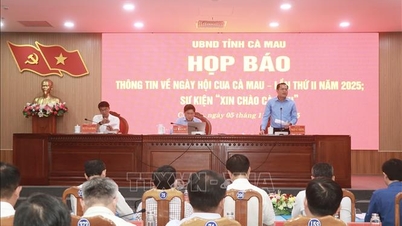





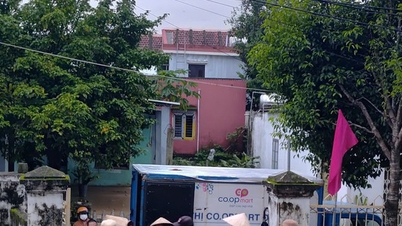

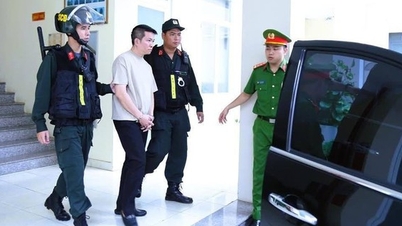
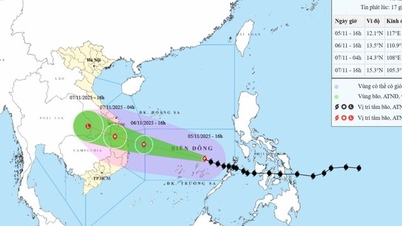


![[Photo] Panorama of the Patriotic Emulation Congress of Nhan Dan Newspaper for the period 2025-2030](https://vphoto.vietnam.vn/thumb/1200x675/vietnam/resource/IMAGE/2025/11/04/1762252775462_ndo_br_dhthiduayeuncbaond-6125-jpg.webp)


































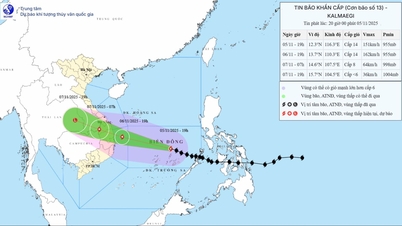



































Comment (0)